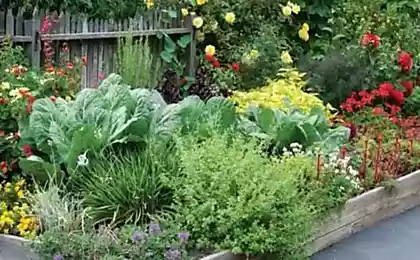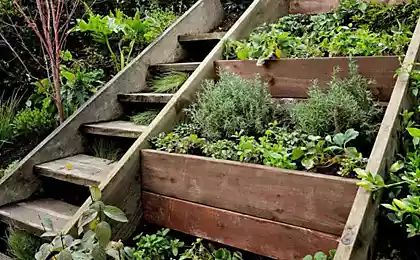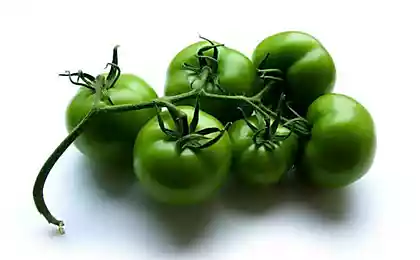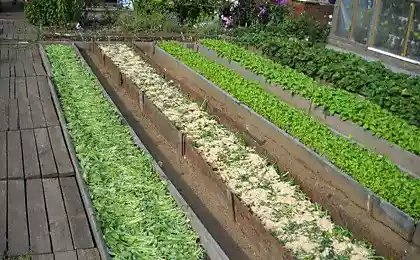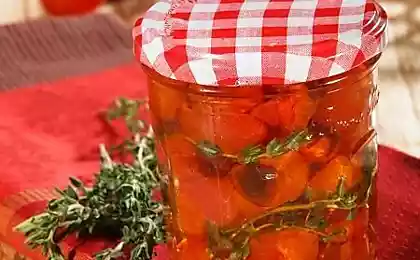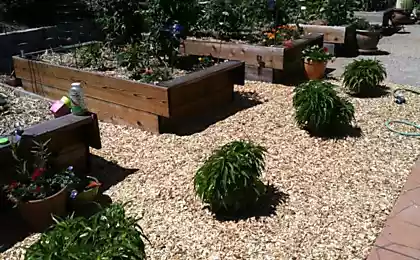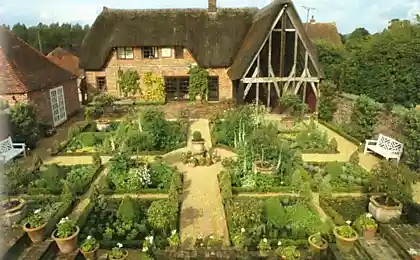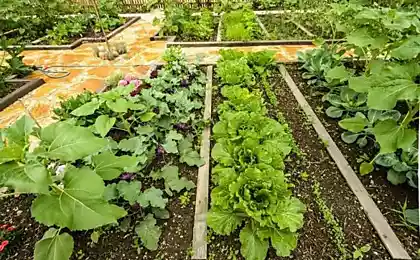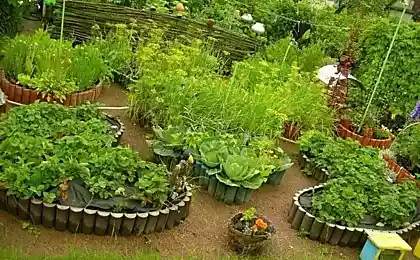192
Tomatoes are friends with carrots, and they are enemies with potatoes, so I do not plant them together.
Experienced gardeners know how neighbourhood It affects their yield. On the one hand, competent planting of vegetable crops can increase the number of fruits. And on the other hand, from a seemingly harmless neighbor on the bed will lead not only to a decrease in the yield, but even to the death of the plant.
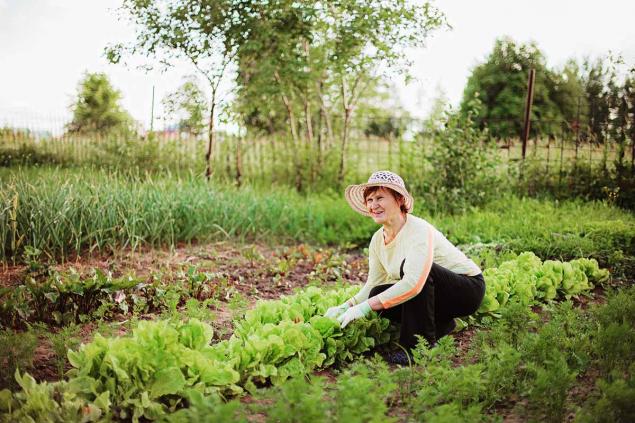
To avoid this, you need to know how to plant vegetables correctly. The season is approaching, so the editorial board "Site" I have prepared for you an actual article about the neighborhood of vegetables. Today we will talk about the important aspects of vegetable production.
Vegetable crops that get along well with each other, Vegetables are called companion plants.. They can help each other get the most nutrients from the soil. And also fight pests and be bait for beneficial insects.
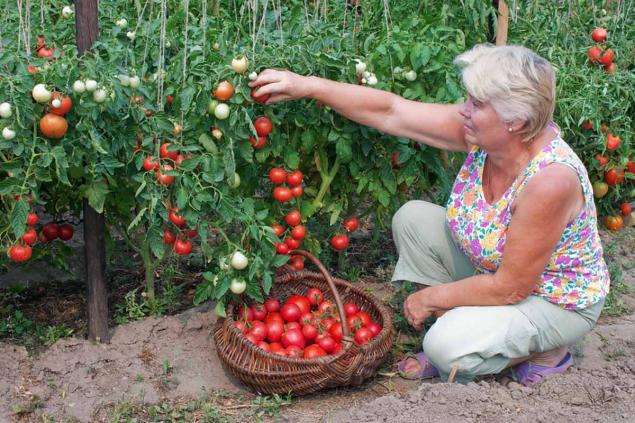
By the way, thanks to planting vegetables together, you can reduce the amount of mineral fertilizers. This reduces the depletion of the soil, and the taste of the fruit can, on the contrary, improve! You don't have to remember all kinds of neighborhoods. It is important to understand the principles on which they are based.
First of all, you should not plant crops from the same family. They are affected by the same diseases, which will complicate the care of plants. Second, there are no cultures that can grow. different requirements for moisture and temperature. In addition, neighboring plants should not depress each other and block access to sunlight.
To increase the yield of tomatoes, it is best to plant them next to carrots, Beijing cabbage, strawberries, legumes, garlic and salad. The neighboring basil will protect tomatoes from pests, and also improve their taste. The latter task is perfectly handled by melissa, mint, chaber and sage.
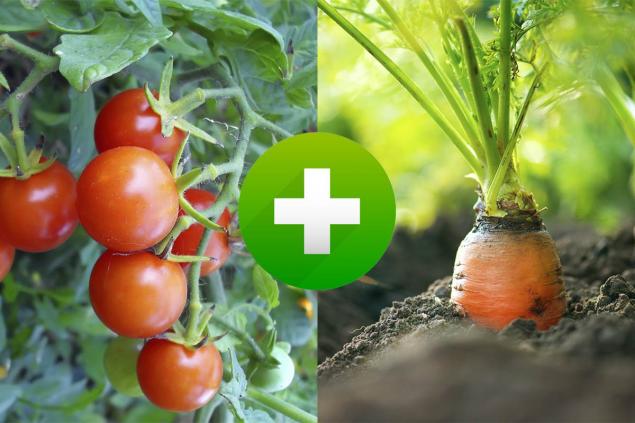
By the way, carrots, parsley and parsnips -- Good bait for praying mantises, spiders and ladybugs. Insect predators like to eat bedbugs, which often spoil tomatoes. You can also plant dill nearby, but it should be removed when the tomatoes begin to tie.
Tomatoes and peppers will grow mutually. The first will save the second from aphids. They both need the same humidity and temperature. In addition, both tomato and pepper must be tied. So you can use a single tapestry.

The leading position in the list of anti-neighbors is occupied by cucumbers. First, this culture has completely different requirements for humidity and temperature. Secondly, Cucumbers and tomatoes need different soil. The first need nitrogen, and the second need calcium and phosphorus. Joint planting can lead to a low yield.
In no case should you plant near tomatoes and potatoes. Both cultures belong to the nightshade family, so they suffer from the same diseases and pests. For example, neighboring on the same bed, they are more likely and faster to get phytophthorosis.
You should also not plant tomatoes with eggplant. Bad neighbors will be corn, cabbage, fennel, squash, turnips. It is better not to plant tomatoes next to fruit trees: apple trees and apricots.
Companion plants If you want to plant cucumbersPay attention also to radishes, peas, celery, lettuce, cabbage, sunflowers and corn. They'll be great neighbors. But sage, dill, mint and fennel are best avoided. By the way, this culture can be planted on water. We wrote about an unusual method in this article.
416184
Bulgarian pepper They get along well with onions and garlic. They will help prevent the appearance of various infections. Both in the open ground and in the greenhouse next to pepper, you can plant basil, coriander, marjoram, parsley, thyme. But fennel, kohlrabi, beans and peas are better kept away from pepper. By the way, nettle and dandelion, being weeds, can help pepper ripen faster.
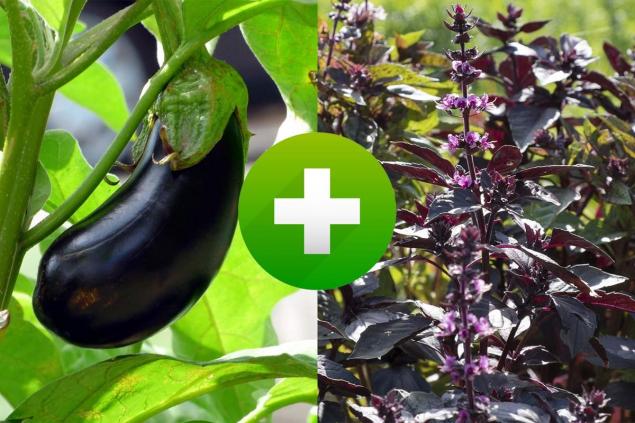
Ideal neighbors for eggplant are basil, beans, lettuce, peas, potatoes and spinach. For example, Beans scare away the Colorado beetleWho loves eggplant just as much as potatoes. In fact, for the same reason, beans can be planted next to potatoes. Also potatoes suitable cabbage, corn, salad, onions, radishes, coriander and flax. But from the neighborhood of tomatoes, cucumbers, sunflowers and pumpkins it is better to refuse.
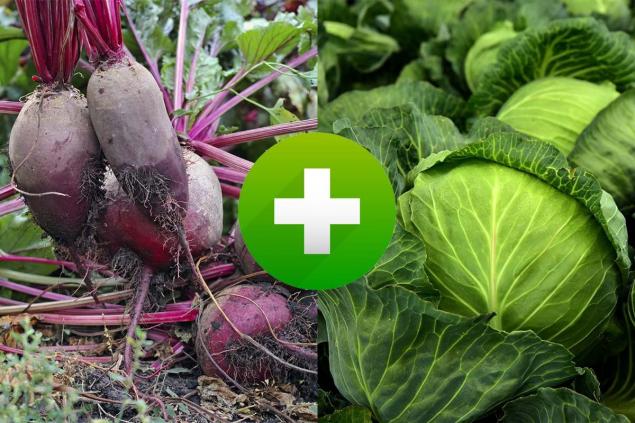
Beets can be planted next to cabbage, kohlrabi, onions and mint. Pumpkin - next to corn, beans, sunflower, peas, tomatoes, radish and mint. Onions, leeks, garlic, tomatoes, beans, radishes, peas, scorzonera, sage are excellent neighbors for carrots. And cucumbers, beans, peas, cabbage, cauliflower, salad, pumpkin, tomatoes, carrots, parsnips, onions - for radish.
Any gardener with experience will tell you that it is also worth planting flowers on vegetable beds. Velvets, marigolds and nasturtia serve as bait for pollinator insects. Thanks to this, you can increase the yield of squash, peas, cucumbers, tomatoes. In addition, next to Bulgarian pepper and beet, you can plant a bright purple cat flower and yellow tans.

If you are just beginning your path as a gardener, we advise you to study as much theory as possible. For example, we want to share with you an article on how to make holes for sowing carrots, onions and radishes. As well as material about the early harvest of squash.
By the way, remember that vegetable-growing In the open ground and in the greenhouse may differ. You can learn about this from various YouTube videos. We especially like the Garden World channel. There you will find a huge amount of useful and relevant information. A generous harvest!

To avoid this, you need to know how to plant vegetables correctly. The season is approaching, so the editorial board "Site" I have prepared for you an actual article about the neighborhood of vegetables. Today we will talk about the important aspects of vegetable production.
Vegetable crops that get along well with each other, Vegetables are called companion plants.. They can help each other get the most nutrients from the soil. And also fight pests and be bait for beneficial insects.

By the way, thanks to planting vegetables together, you can reduce the amount of mineral fertilizers. This reduces the depletion of the soil, and the taste of the fruit can, on the contrary, improve! You don't have to remember all kinds of neighborhoods. It is important to understand the principles on which they are based.
First of all, you should not plant crops from the same family. They are affected by the same diseases, which will complicate the care of plants. Second, there are no cultures that can grow. different requirements for moisture and temperature. In addition, neighboring plants should not depress each other and block access to sunlight.
To increase the yield of tomatoes, it is best to plant them next to carrots, Beijing cabbage, strawberries, legumes, garlic and salad. The neighboring basil will protect tomatoes from pests, and also improve their taste. The latter task is perfectly handled by melissa, mint, chaber and sage.

By the way, carrots, parsley and parsnips -- Good bait for praying mantises, spiders and ladybugs. Insect predators like to eat bedbugs, which often spoil tomatoes. You can also plant dill nearby, but it should be removed when the tomatoes begin to tie.
Tomatoes and peppers will grow mutually. The first will save the second from aphids. They both need the same humidity and temperature. In addition, both tomato and pepper must be tied. So you can use a single tapestry.

The leading position in the list of anti-neighbors is occupied by cucumbers. First, this culture has completely different requirements for humidity and temperature. Secondly, Cucumbers and tomatoes need different soil. The first need nitrogen, and the second need calcium and phosphorus. Joint planting can lead to a low yield.
In no case should you plant near tomatoes and potatoes. Both cultures belong to the nightshade family, so they suffer from the same diseases and pests. For example, neighboring on the same bed, they are more likely and faster to get phytophthorosis.
You should also not plant tomatoes with eggplant. Bad neighbors will be corn, cabbage, fennel, squash, turnips. It is better not to plant tomatoes next to fruit trees: apple trees and apricots.
Companion plants If you want to plant cucumbersPay attention also to radishes, peas, celery, lettuce, cabbage, sunflowers and corn. They'll be great neighbors. But sage, dill, mint and fennel are best avoided. By the way, this culture can be planted on water. We wrote about an unusual method in this article.
416184
Bulgarian pepper They get along well with onions and garlic. They will help prevent the appearance of various infections. Both in the open ground and in the greenhouse next to pepper, you can plant basil, coriander, marjoram, parsley, thyme. But fennel, kohlrabi, beans and peas are better kept away from pepper. By the way, nettle and dandelion, being weeds, can help pepper ripen faster.

Ideal neighbors for eggplant are basil, beans, lettuce, peas, potatoes and spinach. For example, Beans scare away the Colorado beetleWho loves eggplant just as much as potatoes. In fact, for the same reason, beans can be planted next to potatoes. Also potatoes suitable cabbage, corn, salad, onions, radishes, coriander and flax. But from the neighborhood of tomatoes, cucumbers, sunflowers and pumpkins it is better to refuse.

Beets can be planted next to cabbage, kohlrabi, onions and mint. Pumpkin - next to corn, beans, sunflower, peas, tomatoes, radish and mint. Onions, leeks, garlic, tomatoes, beans, radishes, peas, scorzonera, sage are excellent neighbors for carrots. And cucumbers, beans, peas, cabbage, cauliflower, salad, pumpkin, tomatoes, carrots, parsnips, onions - for radish.
Any gardener with experience will tell you that it is also worth planting flowers on vegetable beds. Velvets, marigolds and nasturtia serve as bait for pollinator insects. Thanks to this, you can increase the yield of squash, peas, cucumbers, tomatoes. In addition, next to Bulgarian pepper and beet, you can plant a bright purple cat flower and yellow tans.

If you are just beginning your path as a gardener, we advise you to study as much theory as possible. For example, we want to share with you an article on how to make holes for sowing carrots, onions and radishes. As well as material about the early harvest of squash.
By the way, remember that vegetable-growing In the open ground and in the greenhouse may differ. You can learn about this from various YouTube videos. We especially like the Garden World channel. There you will find a huge amount of useful and relevant information. A generous harvest!
Delicate salad that lovers eat with animal greed
Again, I cut my hair under Menshov, I don’t know anyone who at 51 is better at looking after my hair.
